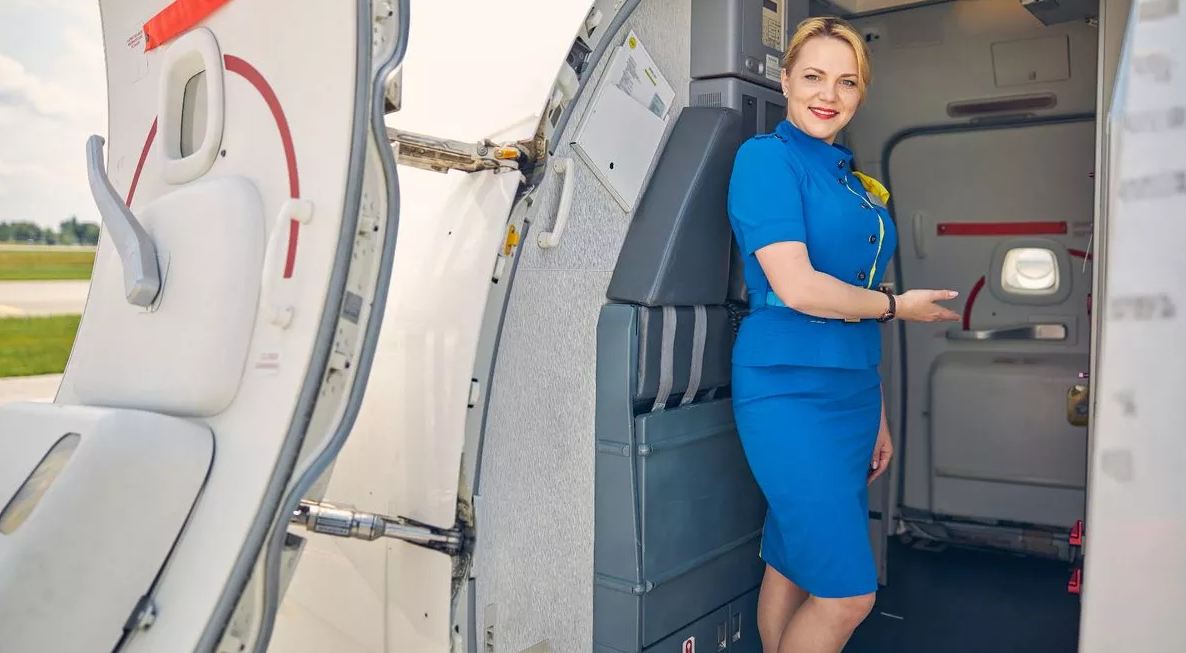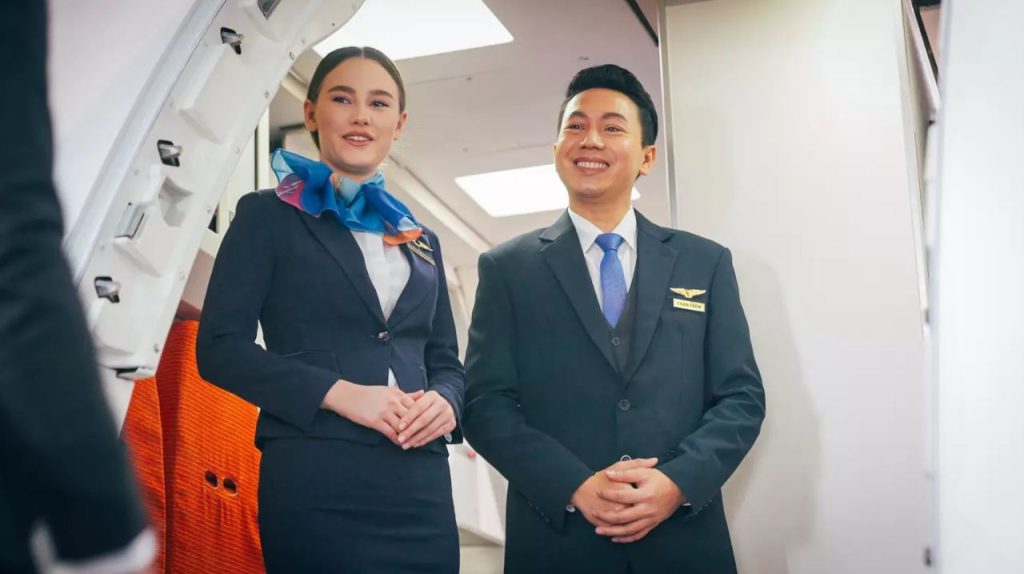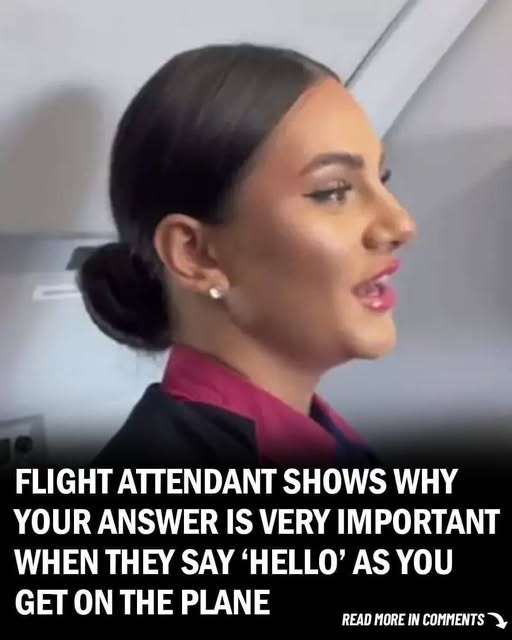When you step onto an airplane and a smiling flight attendant greets you with a friendly “Hello” or “Welcome aboard,” it might feel like a routine gesture of politeness. But that warm greeting serves a much deeper purpose. Behind the smiles and courteous tone, cabin crew members are trained to observe, assess, and connect all within seconds.
First Impressions That Keep Everyone Safe
One of the main reasons flight attendants greet passengers is safety. The few seconds it takes to say hello gives them a chance to evaluate each traveler. While exchanging pleasantries, they are actually checking for signs that could become important during the flight. They quietly note whether someone appears ill, intoxicated, aggressive, or unusually nervous. Spotting potential issues early helps prevent problems once the cabin doors close. For example, a passenger showing signs of severe intoxication might be denied boarding, while someone acting suspiciously could alert the crew to a possible security threat. At the same time, attendants look for people who could be helpful in emergencies. Strong, calm, or confident travelers — like off-duty pilots, nurses, firefighters, or military personnel — may be mentally tagged as potential allies if something goes wrong midair.

Identifying Passengers Who May Need Extra Help
Greeting also helps crew identify those who might require assistance later. Passengers traveling with young children, the elderly, or people with visible disabilities may receive extra attention during boarding. This early interaction allows crew members to offer better care, seat adjustments, or instructions tailored to each traveler’s needs. Flight attendants are trained to pick up on subtle cues: who seems anxious about flying, who’s struggling with heavy bags, or who may have a medical condition. By recognizing these details during a brief greeting, they can quietly prepare for any situation.
Setting the Mood for the Journey
Another key reason for the friendly “hello” is atmosphere. Flying can be stressful — from security checks to cramped seats — and a cheerful welcome can ease tension. That first smile and kind tone help set the emotional temperature of the cabin. Studies in hospitality psychology show that positive first contact influences passenger mood and cooperation. When travelers feel acknowledged and respected, they’re more likely to follow safety instructions, remain calm, and treat crew members with courtesy. In other words, a small act of friendliness creates a ripple effect that makes the entire flight smoother.
Representing the Airline Brand
For airlines, cabin crew greetings are also part of branding. The first face passengers see represents the company’s values — professionalism, warmth, and reliability. Whether on a budget airline or a luxury carrier, that quick welcome is the beginning of the airline’s customer experience. Flight attendants spend hours in training not only for safety but also for communication and emotional intelligence. Their demeanor shapes how travelers perceive the journey from start to finish.

More Than a Greeting
That simple “hello” isn’t just politeness — it’s strategy. It blends safety awareness, psychological assessment, and human warmth into one effortless moment. The next time you step onto a plane and hear a cabin crew member greet you, remember: behind that smile is a trained professional making sure you, and everyone else onboard, will have a safe and pleasant flight.

















